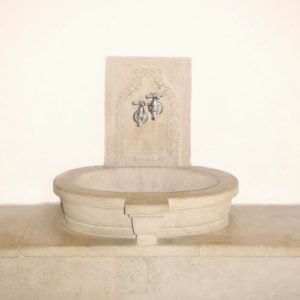Facts About the History of Indoor Plumbing
 What’s better than unwinding after a long day in a hot bath or washing the day off in a steamy hot shower? You probably really appreciate your plumbing, but like most of us in Apple Valley, MN we don’t really give much thought to it, other than enjoying the convenience of it.
What’s better than unwinding after a long day in a hot bath or washing the day off in a steamy hot shower? You probably really appreciate your plumbing, but like most of us in Apple Valley, MN we don’t really give much thought to it, other than enjoying the convenience of it.
Fact is that your indoor plumbing actually has a long and interesting history behind it that spans thousands of years. Curious to learn more facts about indoor plumbing? Read on.
The Early History
It is thought that the earliest signs of indoor plumbing were in 6000 B.C., when Mesopotamians starting moving water from the river for use in their “homes” drawing water to their homes.
A few centuries later, copper pipe networks were in use in India. The buildings that they serviced had bathing areas with drains in the floors, along with a septic tank.
Egyptian and Roman Influence
 The Egyptians built fancy bathrooms in the pyramids, featuring such advances as drainage and irrigation systems. They also had bathrooms built right into their tombs.
The Egyptians built fancy bathrooms in the pyramids, featuring such advances as drainage and irrigation systems. They also had bathrooms built right into their tombs.
They believed that the dead needed the creature comforts of the living- like food, water, and bathrooms to use. The Romans were instrumental in the history of plumbing because of their complex aqueduct system that ran water to the bathhouses.
These bathhouses were cutting edge for the era, with steam rooms, and hot water heated by furnaces. Bathhouses were not only for hygiene, they were a mark of status in their society.
Another innovation of note from the Romans was the change in pipe material to lead, which improved sanitary conditions.
Main Sewer Line at Versailles
 Despite the fact that there was one of the first main sewer lines installed at the palace in Versailles in the 17th century, even in Marie Antoinette’s 18th century, there were still no indoor toilets.
Despite the fact that there was one of the first main sewer lines installed at the palace in Versailles in the 17th century, even in Marie Antoinette’s 18th century, there were still no indoor toilets.
The thousands of people in her court had to use latrines, commodes or even the hallways! Can you imagine doing that to your guests today?
Modern Advances that we See Today
 We’ve come a long way from the beginnings of indoor plumbing, but the design and function continues to evolve. For instance, we are now focusing on how to make our indoor plumbing more eco-friendly to help with water conservation.
We’ve come a long way from the beginnings of indoor plumbing, but the design and function continues to evolve. For instance, we are now focusing on how to make our indoor plumbing more eco-friendly to help with water conservation.
Toilets use up about a third of a typical home’s water supply. A dual flush toilet lets you regulate how much water you actually need to use, significantly reducing water waste.
